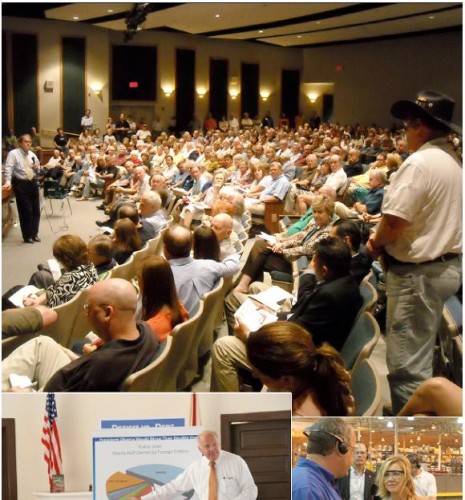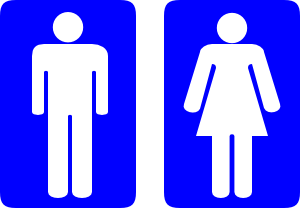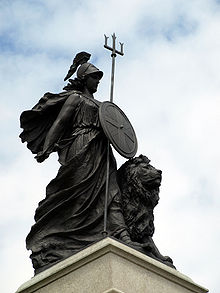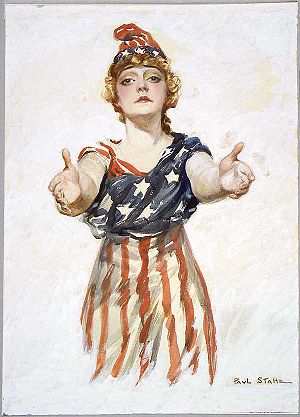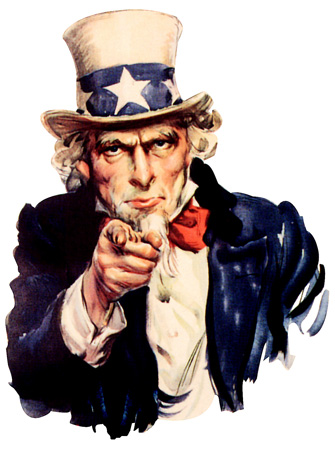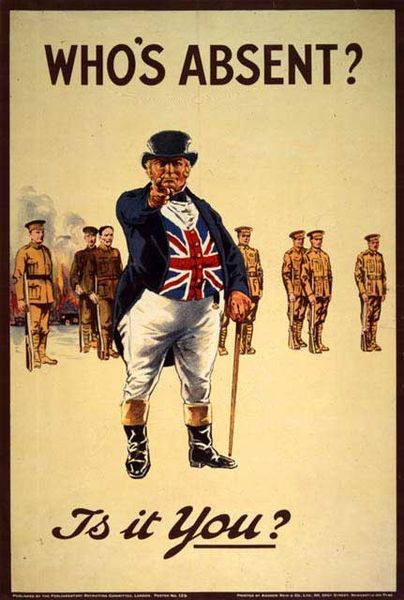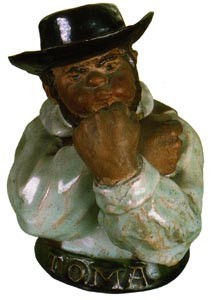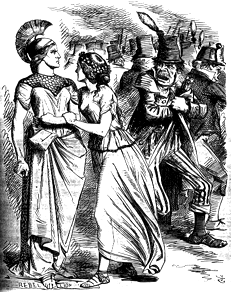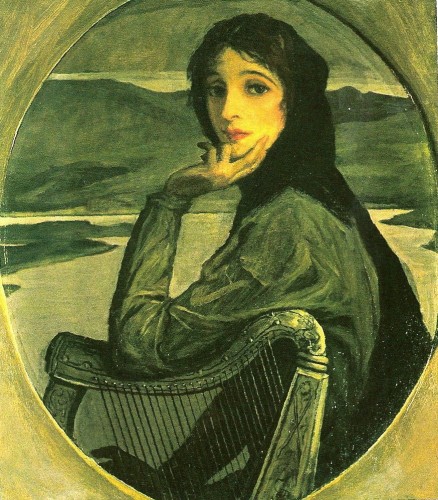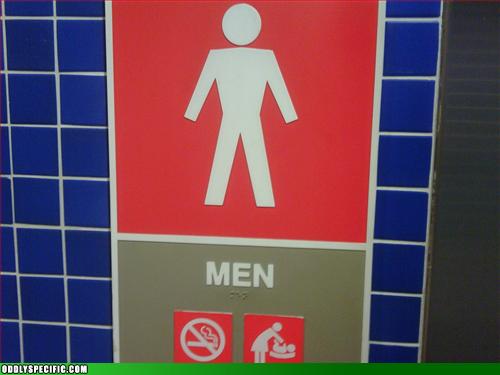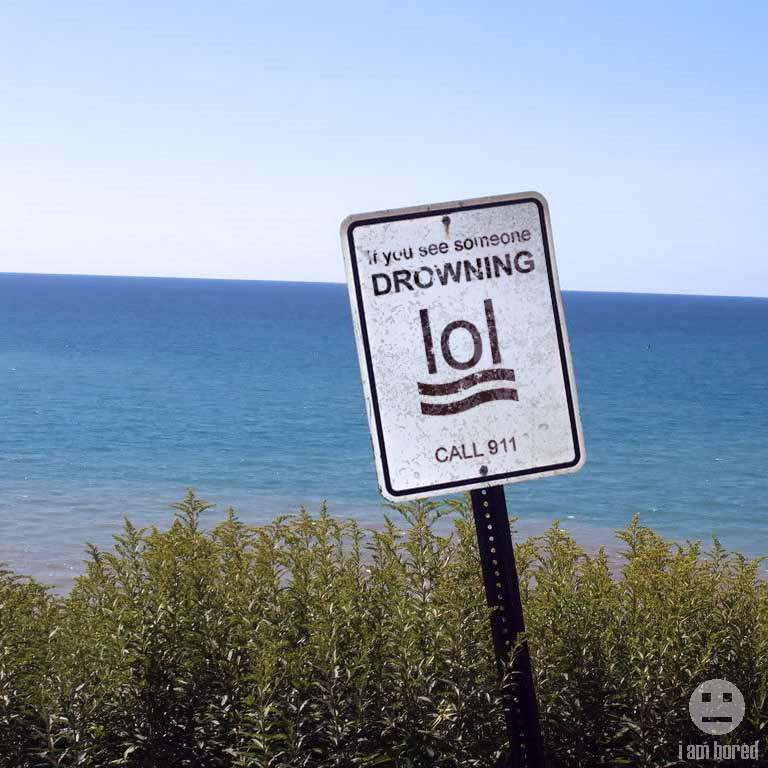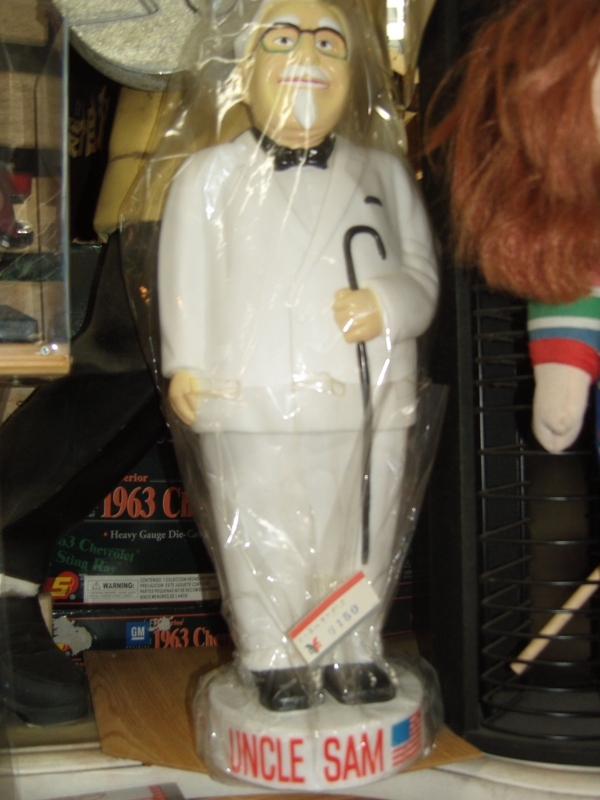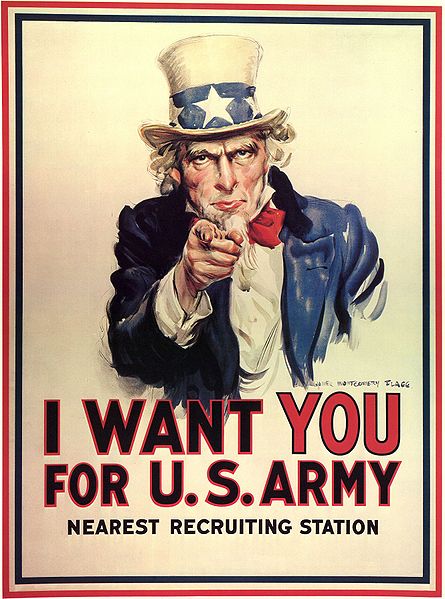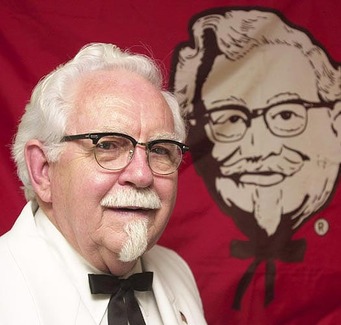Sarah Glassman, a graduate student at Michigan State University spotted this sign in a campus dining hall restroom. It’s a neat example of how a sign can avoid centering whiteness and instead be inclusive of people with different skin tones.
Thanks Sarah!
Lisa Wade, PhD is an Associate Professor at Tulane University. She is the author of American Hookup, a book about college sexual culture; a textbook about gender; and a forthcoming introductory text: Terrible Magnificent Sociology. You can follow her on Twitter and Instagram.


